A lot of Tweets talk about how to get rid of blackheads. You would be surprised that this skin problem is the bane of many and has resulted to painful, face-scratching and squeezing sessions. A lot of people take comfort in doing that, but we all know the fact that picking your face is a no no!

Why is this important?
Our skin is covered in hair. Some are too fine to be seen by the naked eye but hair covers every inch of our skin (excluding our palms and soles). It is evenly distributed all over our body even though it appears to be largely cramped to our head.
We have to understand that blackheads (and whiteheads) start in every hair follicle. Each shaft of hair is confined in its own pore. Pores collect excess oil, sebum, dirt and it can trap bacteria too.
Because of that, a sebum plug will form. If the pore is closed, that clog forms a whitehead. If the pore is open, the sebum plug is oxidized and turns black, thus forming a blackhead. If you mix bacteria with this, you get an angry breakout!
So why is it difficult to keep blackheads away?
1) It is difficult to prevent it because every square inch of our skin contains 650 sweat glands, approximately 95-100 oil glands, 9,500,000 cells, and 65 hairs. That gives a big chance for us to get clogged pores and end up with whiteheads and blackheads. And that’s just 1 inch of skin.
2) It is hard to control skin oiliness because it can be triggered by many factors. You may get oily skin because of the food that you eat. You may also have hormones firing up and messing with your skin. The climate may also play a part, especially if you live in humid or tropical areas. You may be using a wrong facial cleanser for your skin type. Or, you may be washing your skin too often, causing it to overcompensate and produce more oils than necessary.

3) Makeup and pollution can contribute to forming plugs. It is important to strip your face off of makeup and dirt before sleeping to prevent blackheads and pimples from appearing in your immediate future. Who wants to wake up to a new zit anyway?
4) We get too complacent that once we are done having a facial or once we have used pore strips to get rid of blackheads, that it will permanently keep our skin bump-free. We need to be constantly vigilant to prevent a new sebum plug from forming.
So yes, it is difficult to keep blackheads away. But it is not impossible.
The only way we can combat blackheads is to follow a routine and actually, sticking to it.
Routine to Combat Blackheads
-
Wash your face morning and night. Depending on your skin type, use a suitable facial wash. If you have oily or combination skin, use a gel-based cleanser. If you have dry skin, use a cream-based cleanser. Facial washes with salicylic acid or benzoyl peroxide can dissolve blackheads. If you find that it doesn’t work for you, you may need to see your dermatologist to have prescription medication for it.
-
After washing, use an oil-free moisturizer. Most people think that they do not need to moisturize because it will lead to breakouts but that is not true. You have to nourish your skin and keep it well hydrated to prevent it from being too sensitive and also so that you can replenish the nutrients you have stripped from washing or scrubbing.
-
Depending on your skin type, exfoliate once or up to 3 times a week to keep skin debris from contributing to clogs. Some people have very thin and sensitive skin that they do not need to scrub more often than most people. The key here is to figure out what your skin needs. If you feel that you can tolerate exfoliation 2-3 times a week, that’s fine. Do not overdo it.
-
Apply a face mask to draw out excess oil and dirt. Depending on your skin type, you may do it every day or less often to purify your skin and remove blackheads and whiteheads.

Trophy Skin has made preventing blackheads and whiteheads easier. Our line of microdermabrasion machines is great in exfoliating dead skin to prevent it from clogging the pores. The suction also works great in decongesting clogged pores and sucking out excess oil. If you do not want to use the diamond tip, you may also use the Pore Extraction Tip and just focus on removing oil, sebum, whiteheads and blackheads. To see a demonstration of how it is used, you may check this video:
Again, the key to removing blackheads from our lives is to work on them diligently. Follow the simple routine we have shared and if you have your own microdermabrasion at-home device, don’t let the dust get the better of it. Use it and blackheads may be just a thing of the past.
Lesser-Known Facts About Blackheads
When it comes to dealing with blackheads, many people are aware of the basics: they’re a form of acne, caused by clogged hair follicles and an excess of oil and dead skin cells. However, there are some lesser-known facts that might surprise you and help deepen your understanding of this common skin condition. These insights could not only help you treat blackheads more effectively but also prevent them from appearing on your skin in the first place.
Blackheads Are a Type of Acne, But Not the Only One
It’s essential to recognize that blackheads are just one form of acne, medically known as "open comedones." Unlike blackheads, whiteheads are "closed comedones," where the pore remains sealed, preventing the oxidation that turns the oil and dead skin black. Both blackheads and whiteheads fall under the broader category of comedonal acne, but blackheads are unique because their open structure allows oxygen to interact with the trapped substance, turning it dark. Blackheads are small, often appearing on the nose and face, but can be found on other parts of the body as well.
Hormonal Changes and Oil Production
One often overlooked cause of blackheads is hormonal changes, particularly during puberty, pregnancy, or even certain phases of the menstrual cycle. These hormonal shifts increase oil production, contributing to clogged hair follicles, which can lead to blackheads. Sebaceous glands produce a substance known as sebum, which helps protect and moisturize the skin. However, in cases of excess oil production, the skin's pores can become clogged with oil and dead skin cells, forming blackheads. Understanding how your body’s hormonal fluctuations can affect oil production is key to treating blackheads.
Dead Skin Cells and Rapid Skin Turnover
Another interesting fact is that the turnover rate of your skin cells can influence how frequently you experience blackheads. The skin naturally sheds dead cells, but when this process is slowed, dead skin cells can mix with oil, clogging your pores. Certain skincare products, such as those containing tretinoin or azelaic acid, help promote rapid turnover of skin cells, which can prevent clogs from forming in the first place. This is why over-the-counter topical treatments are often recommended as part of a blackhead-prevention routine.
Blackheads vs. Deep Blackheads
Not all blackheads are created equal. Some blackheads are superficial and can be removed easily with at-home treatments like blackhead removal strips or topical medications. However, deep blackheads are another story. These more stubborn comedones are deeply embedded within the pore and often require more intensive treatment. In such cases, seeking advice from a healthcare provider or a dermatologist may be necessary, as at-home treatments may not be sufficient to treat severe acne. The American Academy of Dermatology recommends treatments like prescription medications, including those that contain vitamin A derivatives such as tretinoin, to help clear deep blackheads.
The Role of Skincare in Preventing Blackheads
Preventing blackheads is often easier than treating them once they have appeared. Using a consistent skincare routine is one of the most effective ways to reduce blackheads. Look for products that help prevent clogged pores, such as cleansers with salicylic acid, which helps break down the oil and dead skin cells that cause blackheads. Using an oil-free moisturizer is also important, as it helps keep your skin hydrated without contributing to pore congestion. Exfoliating regularly can also remove the top layers of your skin and keep excess oil and dead skin cells from clogging your pores.
Common Misconceptions: Squeezing Blackheads
One common skincare mistake is picking or squeezing blackheads, which can actually cause more harm than good. While it might be tempting, squeezing blackheads can damage your skin and lead to scarring, especially if you don’t remove the comedone completely. Instead of squeezing, opt for removal tools or consult with a dermatologist for a professional extraction. Improper blackhead removal can irritate your skin and exacerbate the problem, leading to an even worse case of blackheads.
Environmental Factors and Blackheads
Few people realize that environmental factors like pollution can also contribute to blackhead formation. Airborne pollutants can settle on the surface of the skin, mixing with oil and dead skin cells to form clogs that cause blackheads. Regular cleansing and using products that create a barrier between your skin and pollutants can help prevent these clogs. Similarly, makeup should always be thoroughly removed before going to bed, as leaving it on overnight can significantly increase your chances of developing blackheads.
The Importance of Peer-Reviewed Research in Dermatology
When seeking treatment options for blackheads, it's essential to rely on products and treatments that are backed by peer-reviewed studies and strict sourcing guidelines. Many over-the-counter products claim to treat and prevent blackheads, but not all are created equally. Always look for treatments that have been tested in academic research institutions and rely on peer-reviewed studies to ensure they are both effective and safe for your skin.
The Difference Between Blackheads and Other Skin Conditions
Blackheads are often confused with other skin conditions, such as sebaceous filaments or closed comedones. Sebaceous filaments, for example, are natural structures in the skin that help guide oil to the surface. While they may look like blackheads, they are a normal part of your skin’s function and do not require treatment. Understanding the difference between blackheads and other common skin issues is important for determining the most appropriate skincare routine.
Treatment Doesn’t Improve Overnight
Finally, it's important to note that treatment for blackheads doesn’t improve overnight. Whether you’re using over-the-counter products, prescription medications, or professional treatments, consistency is key. Blackheads may take time to clear up, and in some cases, new blackheads may appear before you start seeing significant improvements. Patience, along with a solid skincare routine, will help ensure long-term success in reducing blackheads and improving your skin's overall health.
In conclusion, blackheads are a common but often misunderstood type of acne. By understanding some of the lesser-known causes, treatments, and preventative measures, you can take better control of your skincare routine and reduce the likelihood of blackheads appearing on your skin.

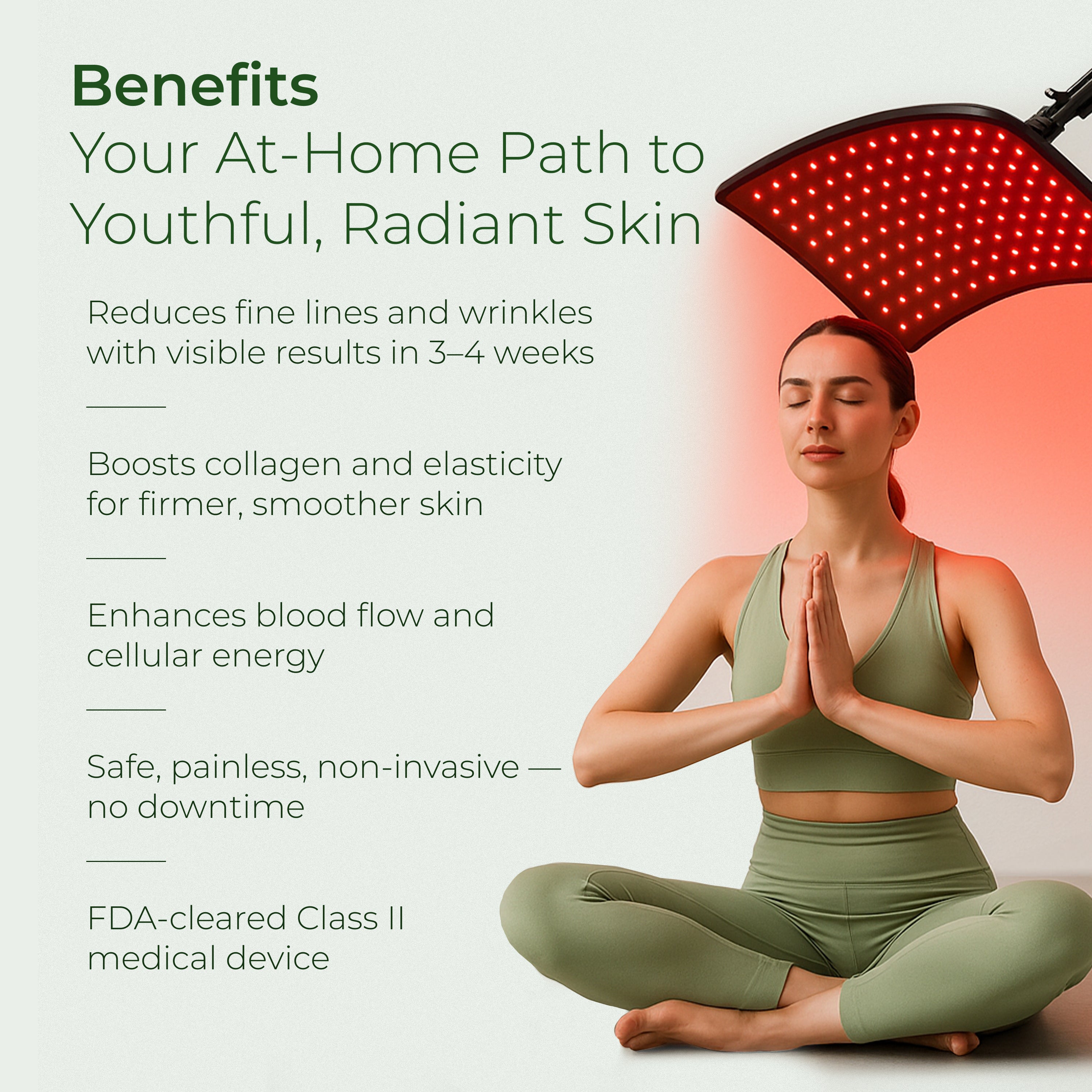
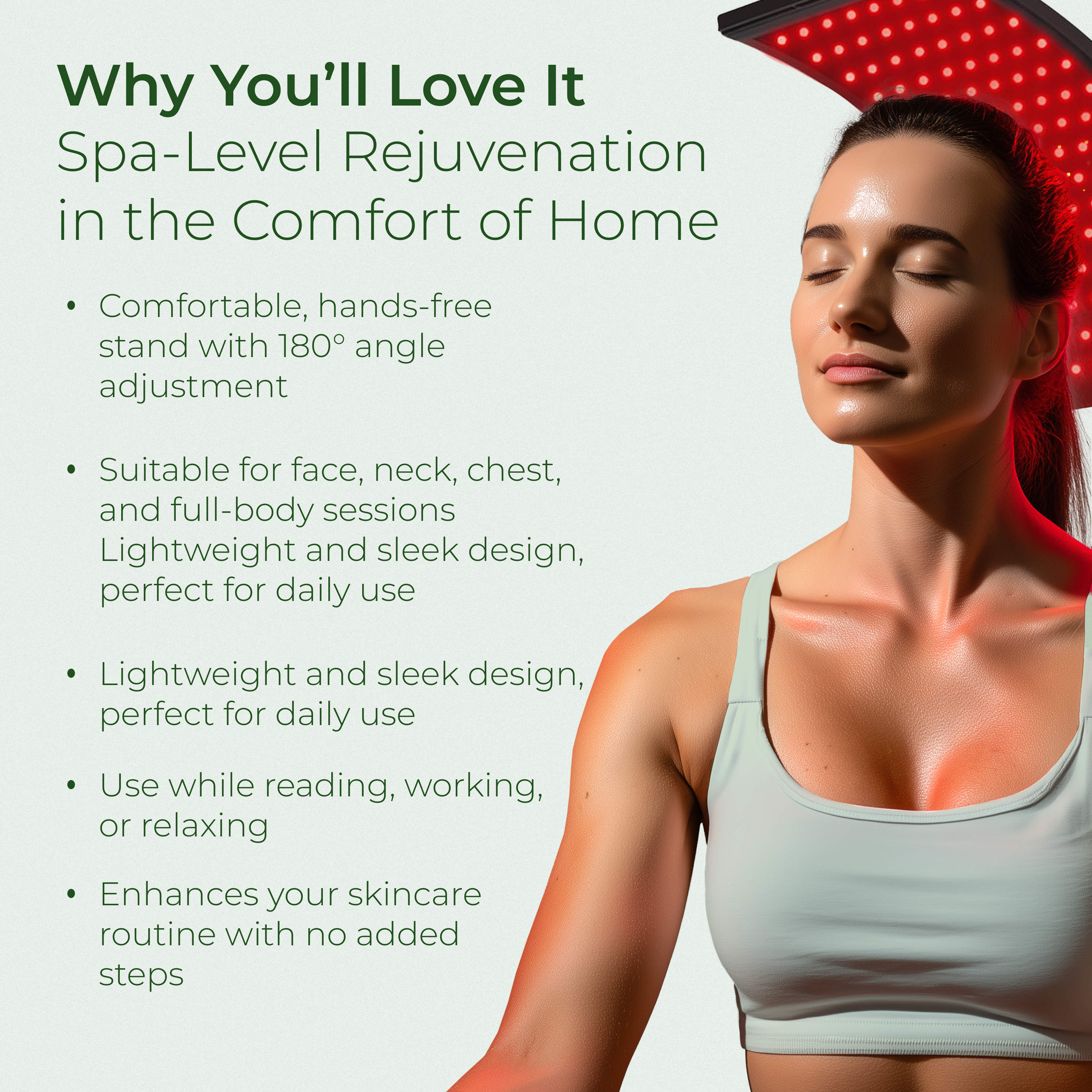
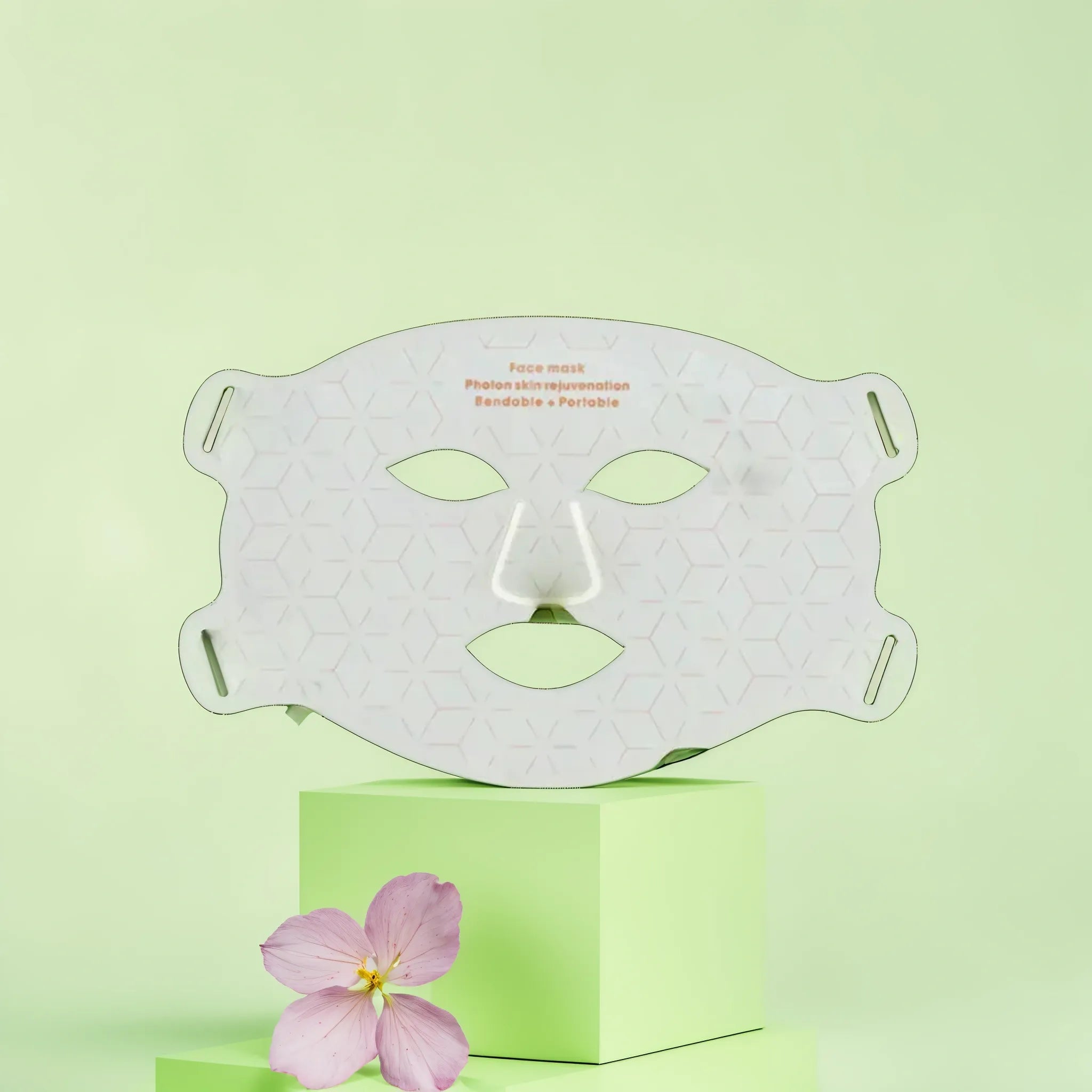
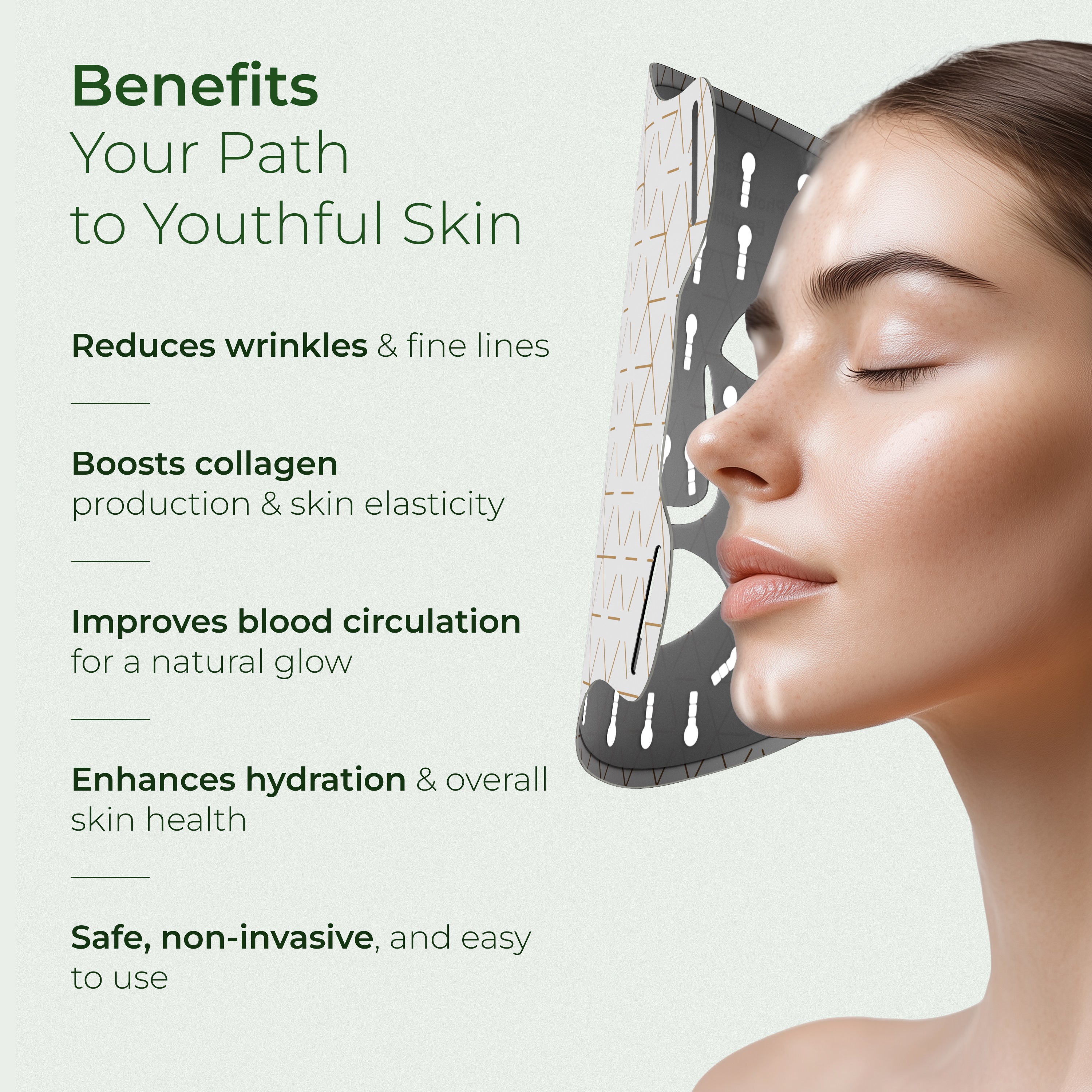


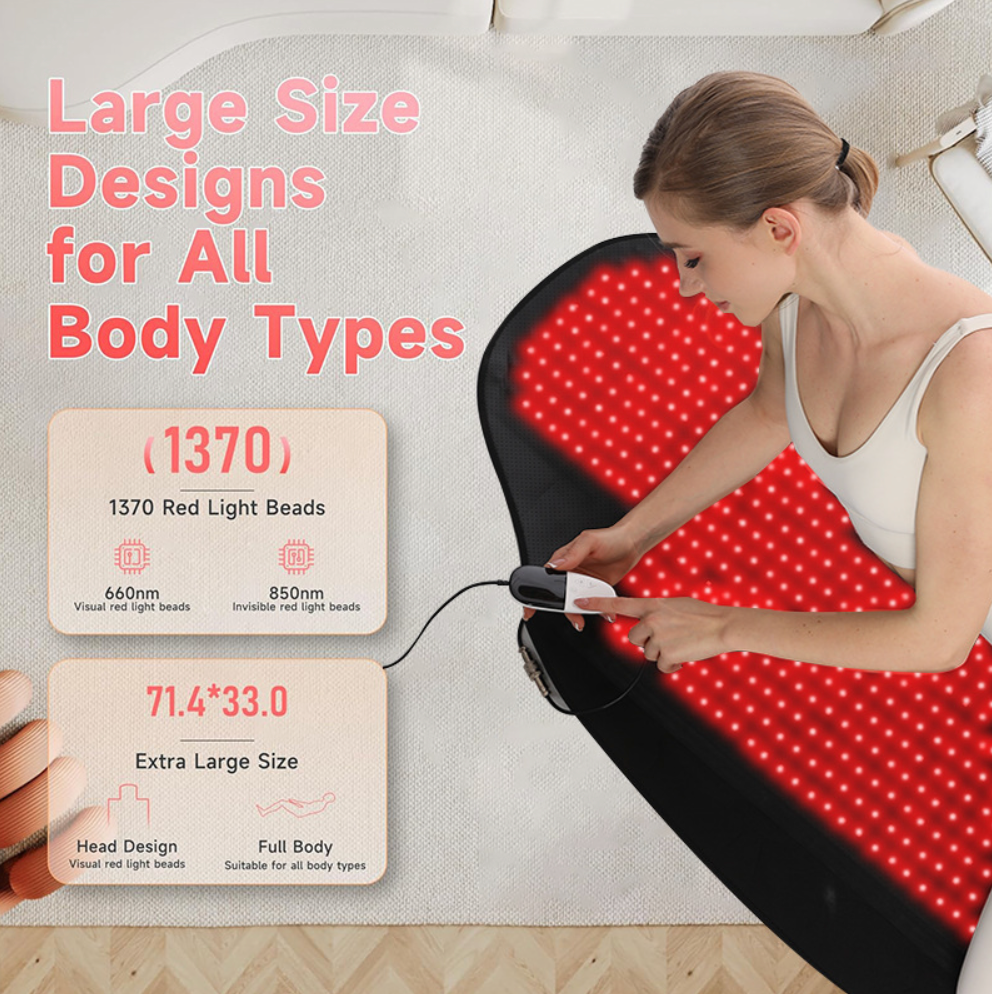
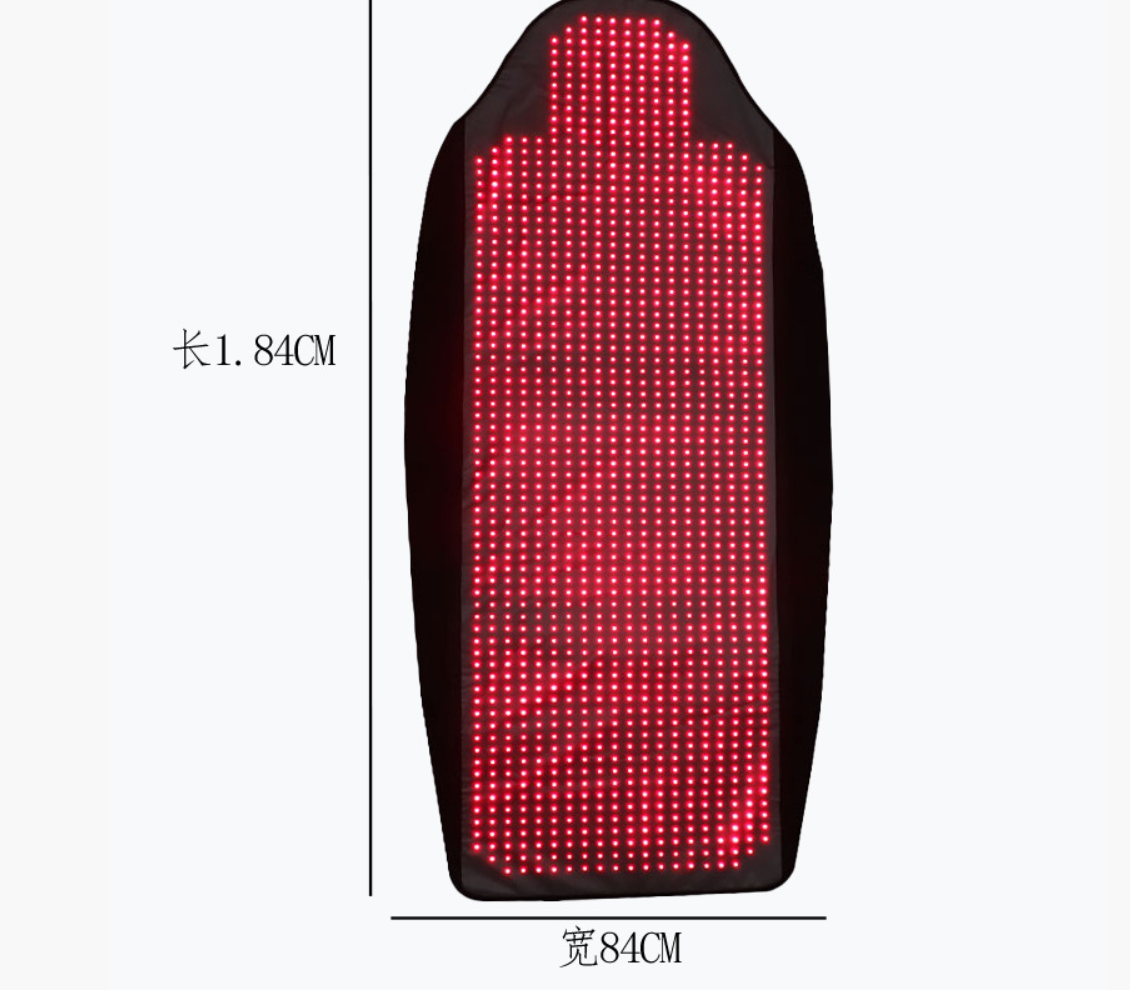
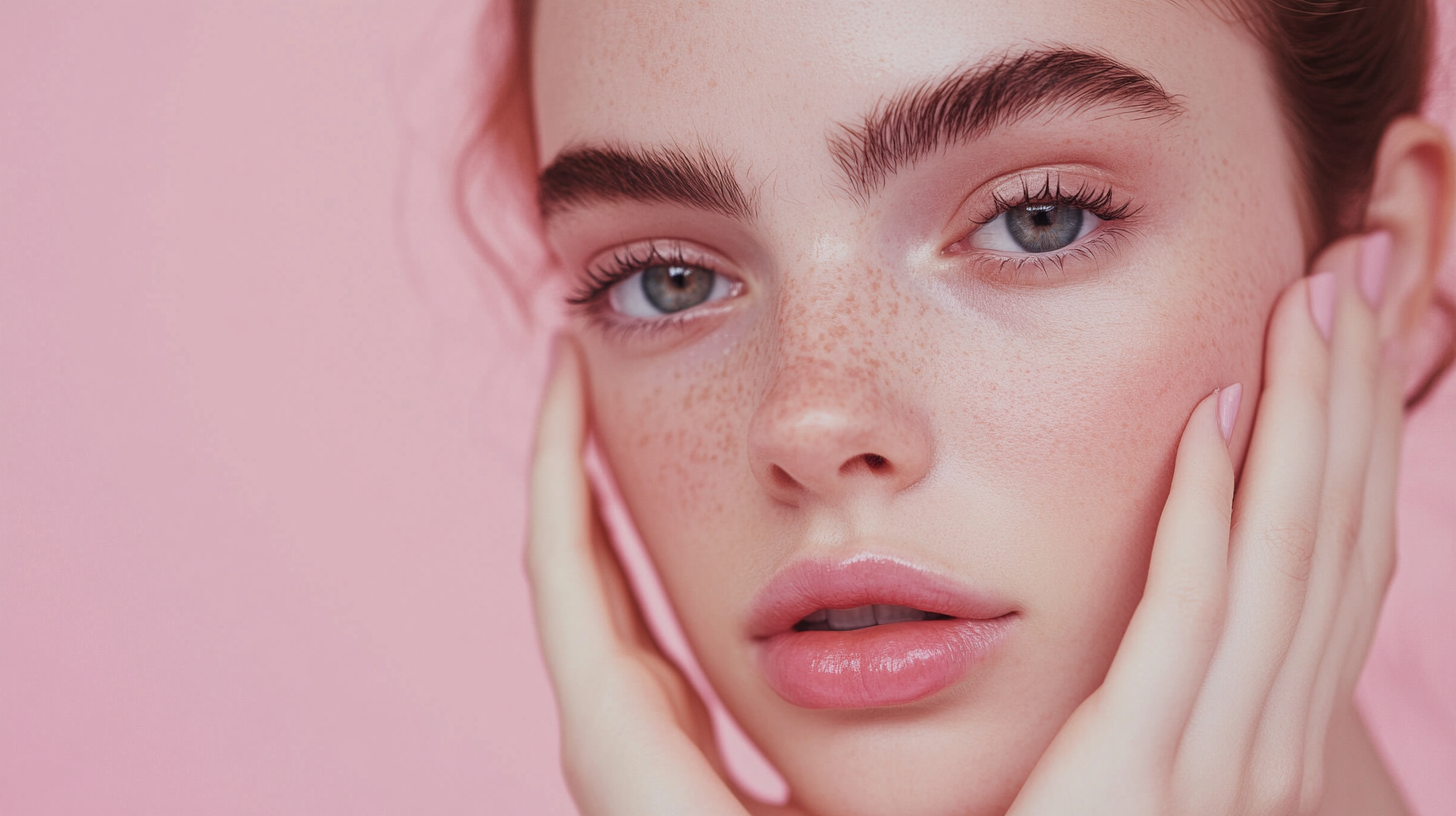

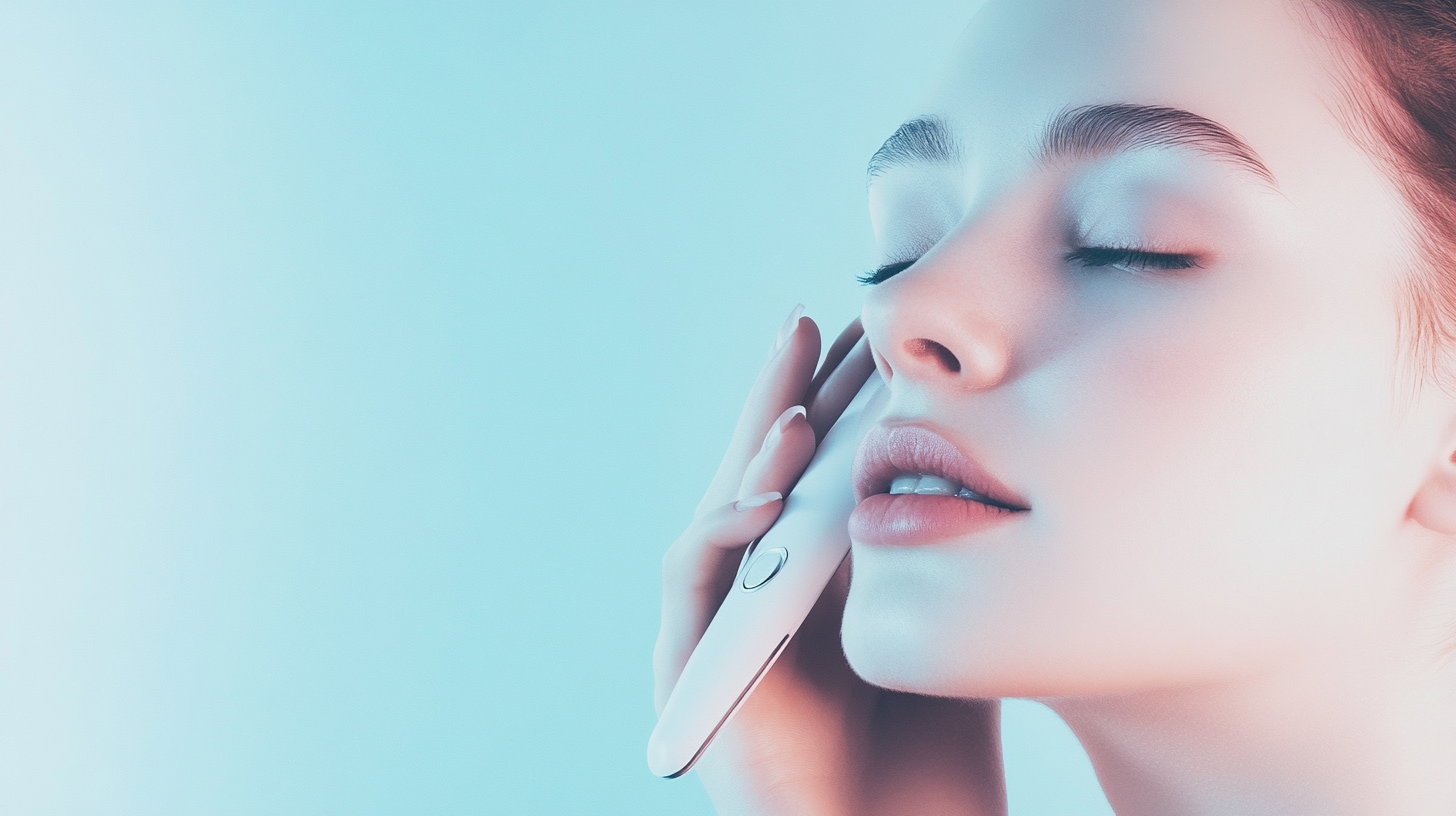
Hinterlasse einen Kommentar
Diese Website ist durch hCaptcha geschützt und es gelten die allgemeinen Geschäftsbedingungen und Datenschutzbestimmungen von hCaptcha.